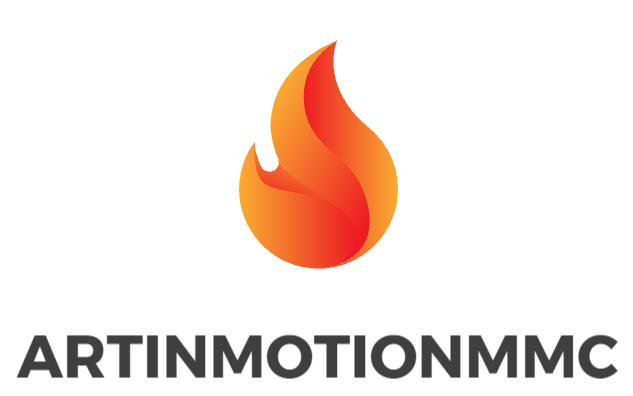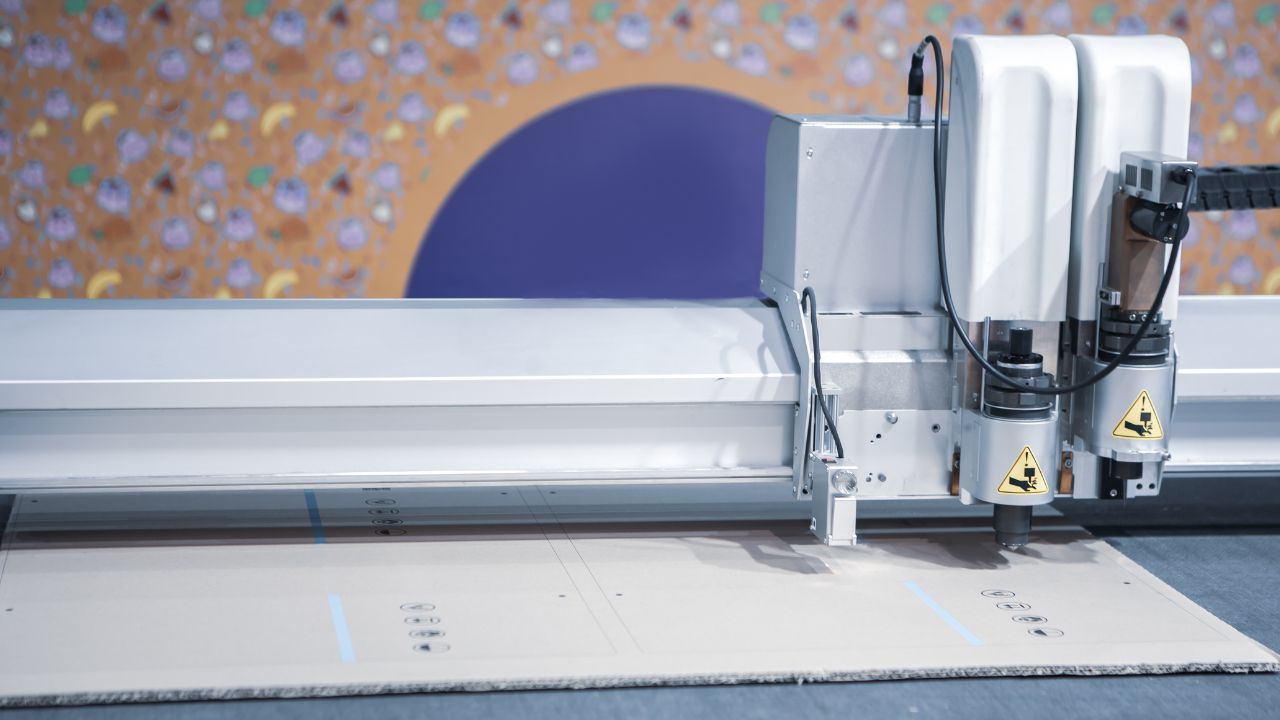The landscape of manufacturing and design has experienced a significant shift with the introduction of laser die cutting technology. Ranging from the delicate details of custom invitations to the meticulous accuracy needed for automobile components, laser die cutters have become essential in numerous fields.
In this article, we'll walk you through various areas where laser die cutting excels, highlighting its adaptability and its substantial benefits to a wide range of operations. However, first, let's gain some insight into the operation of a laser die cutter machine.
Working Of A Laser Die Cutter
A laser die cutter works using a particularly complex mechanism in which a laser beam is directed to the material that needs to be cut. This intense beam of a specific wavelength is impeccably aimed and slowly and steadily penetrates the material.
The process involves converting the light energy into heat, which vaporizes the material along the desired cutting path without exerting any physical force. The computer program directs the cutter’s head to the highest level, resulting in the finest details and high precision of the various patterns. This kind of cutting not only does not spoil the material but also allows for fine and intricate cutting as opposed to other die-cutting techniques.
Several Applications Where Laser Die Cutter Stands Out
Packaging Industry
With the packaging sector constantly seeking innovation, laser die-cutting has become a primary method for creating intricate box designs, custom-shaped containers, and precise cut-outs. The laser die cutter offers a no-contact process, minimizing the wear and tear on cutting equipment and eliminating the need for physical dies. This translates into cost savings for companies and quicker turnaround times for projects, from prototyping to full production runs.
Print and Paper Crafts
The print industry leverages laser die cutters to produce clean, burnished edges on paper products without the risk of tearing or snagging that can occur with mechanical blades. The technology also enables users to design elaborate invitations, business cards, and stationery with superior quality and complicated sophistication. In paper arts, artists and hobbyists love the possibility of getting fancy designs and patterns that can be quite hard to duplicate when doing it by hand.
Textile and Fashion
Laser die cutters are not confined to rigid materials; they extend their precision to textiles, revolutionizing how fabrics are cut and patterned. Fashion designers employ laser die cutting for seamless cuts and engravings on fabrics, enabling them to execute exact patterns and elaborate cut-outs on garments. This technology also greatly benefits the production of technical textiles, such as airbags and filters, where precision is non-negotiable.
Electronics and Technology
In electronics, precision is paramount. Laser die cutting is frequently utilized to produce intricate components, like flexible printed circuits, insulation materials, and gaskets. The delicateness of laser cutting is critical in preventing damage to the electronic parts, while the facilitate in which the material is cut through various layers without applying mechanical pressure comes in handy in dealing with complex multi-layered materials.
Automotive and Aerospace
The automotive and aerospace industries demand high levels of accuracy and repeatability. Laser die cutting meets these requirements by offering precision in cutting insulation materials, interior panels, and various gaskets and seals. The technology's adaptability allows for modifications without the necessity of creating new mechanical dies, aiding rapid prototyping and customization.
Medical Industry
Precision can be a matter of life and death in the medical field, where laser die-cutting is employed to create disposable and implantable items. The sterility of the laser cutting process is crucial for medical filters, stents, and intricate components of medical devices. Moreover, the ability of lasers to cut without mechanical contact ensures that delicate materials are not compromised during the production process.
Signage and Display
The signage industry relies on laser die cutters to produce sharp, detailed signs and displays that capture consumer attention. Laser technology allows for cutting through a variety of materials, including acrylic and MDF, creating dimensional and textured signage. The speed and ease with which a laser cutter can switch between designs underpin its utility in custom, one-off productions, as well as in large batch runs for commercial needs.
Conclusion
Laser die-cutting technology is a pivotal force in current manufacturing realms, providing an extensive range of applications that stretch from intricate paper crafting to the precision required in heavy-duty automotive manufacturing. With ongoing progress in technology, the potency and versatility of laser die-cutting are anticipated to advance, thrusting various industries toward enhanced productivity and creativity. Far from being merely a contemporary tool, this technology is actively sculpting the landscape of modern manufacturing and is anticipated to spearhead innovative approaches in industrial fabrication processes.


